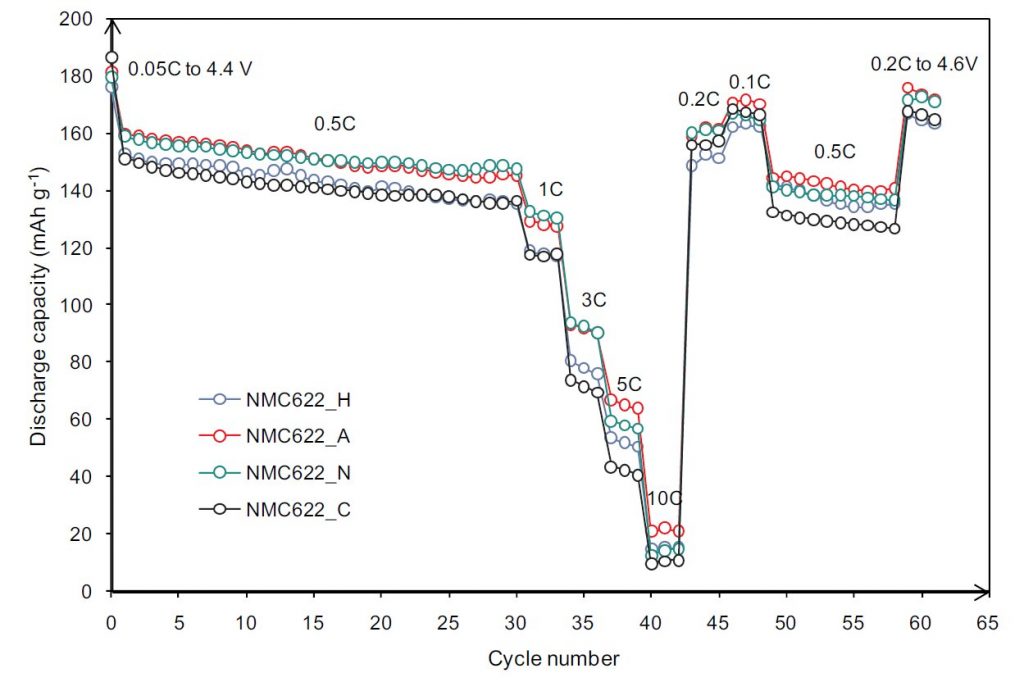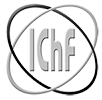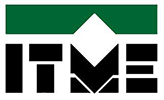A new method of synthesis of the most technologically advanced battery components for electric vehicles, which will allow to store more energy and increase the range of electric cars.
Our colleagues: Tomasz Trzeciak, M.Sc. and Prof. Marek Marcinek have published results of their research in the article entitled “Different strategies of introduction of lithium ions into nickel-manganese-cobalt carbonate resulting in LiNi0.6Mn0.2Co0.2O2 (NMC622) cathode material for Li-ion batteries” in Solid State Ionics journal (IF=2.886).
The article concerns a new method of obtaining modern cathode material for Li-ion batteries with reduced cobalt content. The developed solution will contribute to increase the production efficiency of important components of Li-ion cells and improve the properties of the cells in which such cathode material would be used. The aim is to develop cells with shorter recharging times and higher capacity, which will result for example in a longer ranges of electric cars.
The authors describe the application of various precursors for introducing lithium into the cathode material using a patented wet impregnation method. The application of this new method allows to obtain cathode materials with similar characteristics to those obtained by traditional methods (solid-state reaction) but with significantly better electrochemical properties. This new method is also much less energy- and time-consuming, as it allows to omit the milling stage used in conventional methods. Consequently, the described method may enable the production of active cathode materials with very low CO2 emissions.
Link to the article: https://doi.org/10.1016/j.ssi.2020.115273
M. Zybert, H. Ronduda, A. Szczęsna, T. Trzeciak, A. Ostrowski, E. Żero, W. Wieczorek, W. Raróg-Pilecka, M. Marcinek, Different strategies of introduction of lithium ions into nickel-manganese-cobalt carbonate resulting in LiNi0.6Mn0.2Co0.2O2 (NMC622) cathode material for Li-ion batteries, Solid State Ionics 348 (2020) 115273

















